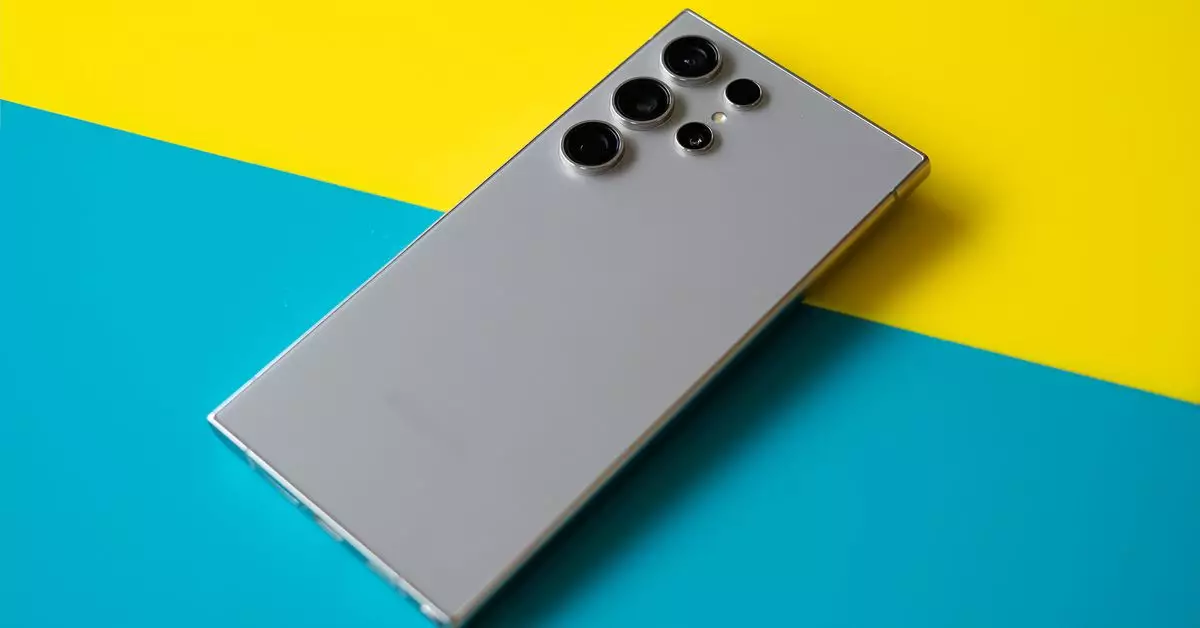As technology continues to advance, the line between what is real and what is artificial becomes increasingly blurred. Samsung, one of the giants in the smartphone industry, is no exception to this debate. Recently, the company’s head of product, Patrick Chomet, addressed the skeptics claiming that Samsung’s phone cameras produce fake AI photos, even going so far as to declare that every photo is fake. This bold statement raises questions about the nature of photography and challenges our preconceived notions of what constitutes a “real” picture.
Chomet argues that a photograph, in essence, is not a reflection of reality but a reproduction created by the sensors within the smartphone. He questions whether it is possible to define a picture as “real” when AI algorithms optimize various aspects such as zoom, autofocus, and scene selection. In his view, the use of filters further complicates the concept of authenticity. Chomet’s provocative claim that “there is no real picture, full stop” challenges our reliance on traditional notions of photography.
This debate surrounding the authenticity of smartphone photography is not a new discussion. Major players in the industry, including Apple, Google, and Samsung, have been exploring innovative techniques to enhance smartphone camera capabilities for years. The combination of multiple frames captured by multiple cameras and the incorporation of generative AI have become increasingly common in the quest for producing stunning smartphone images. Samsung’s latest releases, the Galaxy S24 and S24 Ultra, are at the forefront of this evolutionary process.
While Chomet’s statement may initially appear dismissive of the value of photography, a closer examination reveals a more nuanced perspective. The intention behind this provocative claim is not to disregard the significance of photographs, but rather to challenge traditional definitions and encourage a deeper understanding of the craft. Chomet’s stance forces us to question the role of technology in shaping our perception of reality and to reconsider our expectations of what a photograph represents.
Redefining Photography in the Age of AI
As advancements in AI continue to shape the future of smartphone photography, it is essential for us to adapt our understanding of the medium. Rather than clinging to a rigid definition of what constitutes a “real” photo, we must embrace the creative possibilities that arise from the intersection of technology and art. The rise of generative AI prompts us to question not only the authenticity of photographs but also the nature of human creativity itself.
The debate surrounding the authenticity of smartphone photos is far from settled. While some may argue that AI enhancements detract from the artistic merit of a photograph, others view it as a tool for unleashing new avenues of expression. As technology continues to evolve, it is crucial for us to engage in these discussions and remain open-minded to the possibilities it presents. Samsung’s bold stance challenges us to reevaluate our preconceptions and invites us into a new era of photography, where boundaries are blurred, and creativity knows no limits.


Leave a Reply